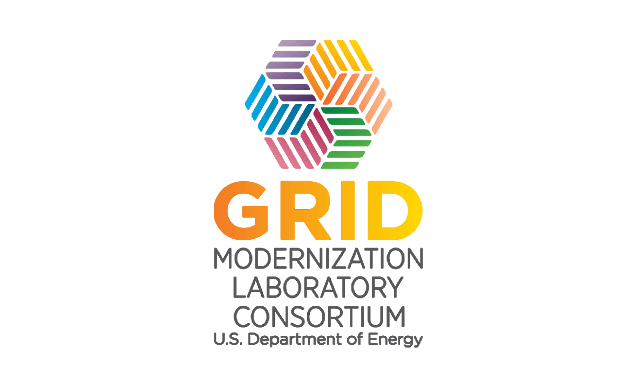Utilizing existing natural gas infrastructure to transport blends of hydrogen and natural gas is thought of as a promising means to reduce the carbon footprint of the natural gas sector, but to date there have been few studies of the operation of such systems. The goal of this project is to develop an optimization framework for better understanding hydrogen blending in the natural gas infrastructure.

NREL - Impacts of Hydrogen Blending in Natural Gas Networks
Case Study

In this model, low-carbon hydrogen fuel will be generated by electrolyzers powered by renewable energy sources, such as solar photovoltaics. The model will then make use of SAInt's gas quality tracking capabilities to model injection dispersion, concentrations, and temperature. Finally, the gas modeling insight provided by SAInt will be linked to production cost modeling to evaluate the impact of blend levels on the operation of the power system. In addition to working with NREL for coupling the power system model, the partnership includes SoCalGas and the Institute of Gas Innovation and Technology (I-GIT) at Sony Brook University, who will provide guidance on developing this framework for applied industry use.
Related Case Studies and Use Cases
Previous uses and future potential applications of SAInt




